Colemans Hatch, Newbridge 1928
Photo ref:
80771


More about this scene
Colemans Hatch is a good example of one of the 14th-century settlements that developed along the edges of the forest and waste; its name implies an old entrance into the forested area. It slowly developed into a shapeless hamlet, with dispersed cottages situated at various springs and river crossings. Several of these have survived in this idyllic rural setting.
Add to Album
You must be signed in to save to an album
Sign inShare This Photo
Buy a Print
Unframed, Mounted, Framed and Canvas prints in a range of sizes and styles.
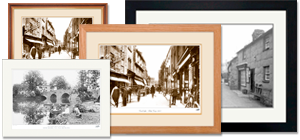
View Sizes & Prices
A Selection of Memories from Colemans Hatch
For many years now, we've been inviting visitors to our website to add their own memories to share their experiences of life as it was, prompted by the photographs in our archive. Here are some from Colemans Hatch
Sparked a Memory for you?
If this has sparked a memory, why not share it here?



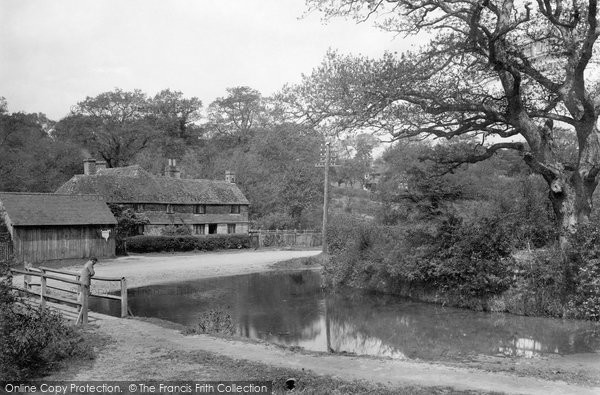
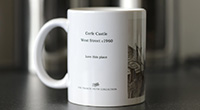
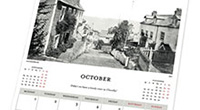
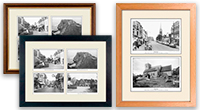
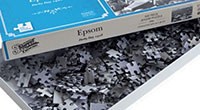
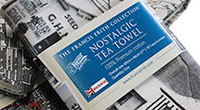
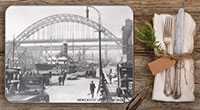

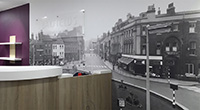
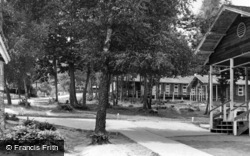
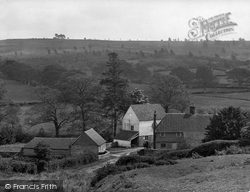
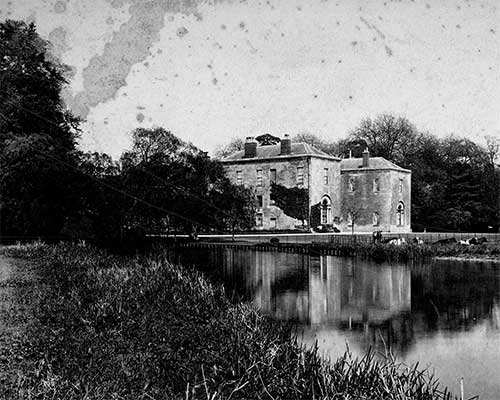 Before
Before
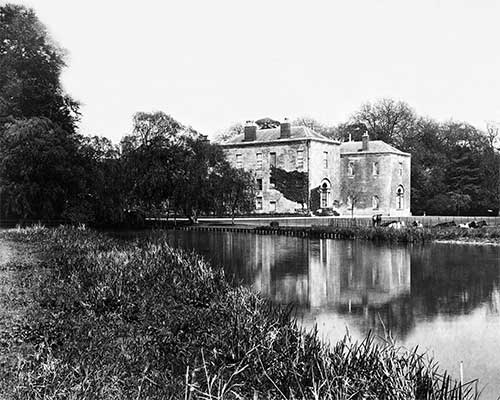 After
After